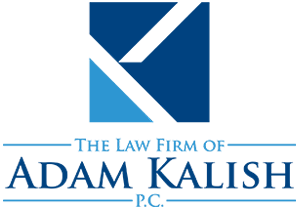The location of a retail business impacts its success. Two essential aspects are foot traffic and visibility. Whether you’re a new business owner or manage multiple New York locations, the next step is negotiating a lease agreement.
What are the differences between commercial and retail leases?
The four primary types of commercial leases include:
- Double Net or Net-Net
- Full Service or Modified Gross
- Single Net or Net Lease
- Triple Net
Double Net Leases require the tenant to pay for insurance, property taxes, and utilities. The landlord pays for repairs and maintenance.
Under a Full-Service or Modified Gross Lease, the landlord and tenant split the costs of utilities, taxes, insurance, repairs, and CAM or common area maintenance.
A Single Net Lease requires the tenant to pay property taxes and utilities. The landlord pays for insurance, repairs, and maintenance.
A Triple Net Lease requires the tenant to pay for all costs associated with the property, except repairs to the building.
How should a commercial lease be negotiated?
Here are some essential tips for negotiating a retail lease.
Determine your budget and the essentials for your commercial location. You can negotiate items you would like to have with the landlord.
Landlords usually ask for the maximum lease amount they think a tenant will pay. It’s a good idea to negotiate an offer of 10 to 15% below the landlord’s rate to come to a compromise.
Tenants can often get maximum benefits by negotiating a minimum lease. Some tenants compromise on a shorter lease term with low rent increases. It’s a good idea to have future rent increases capped.
Negotiate for perks, including free parking for your employees and WiFi.
Do your research to determine which retail lease is best for your needs
Determining what you need and negotiating multiple locations gives you an advantage and can provide everything you need.

